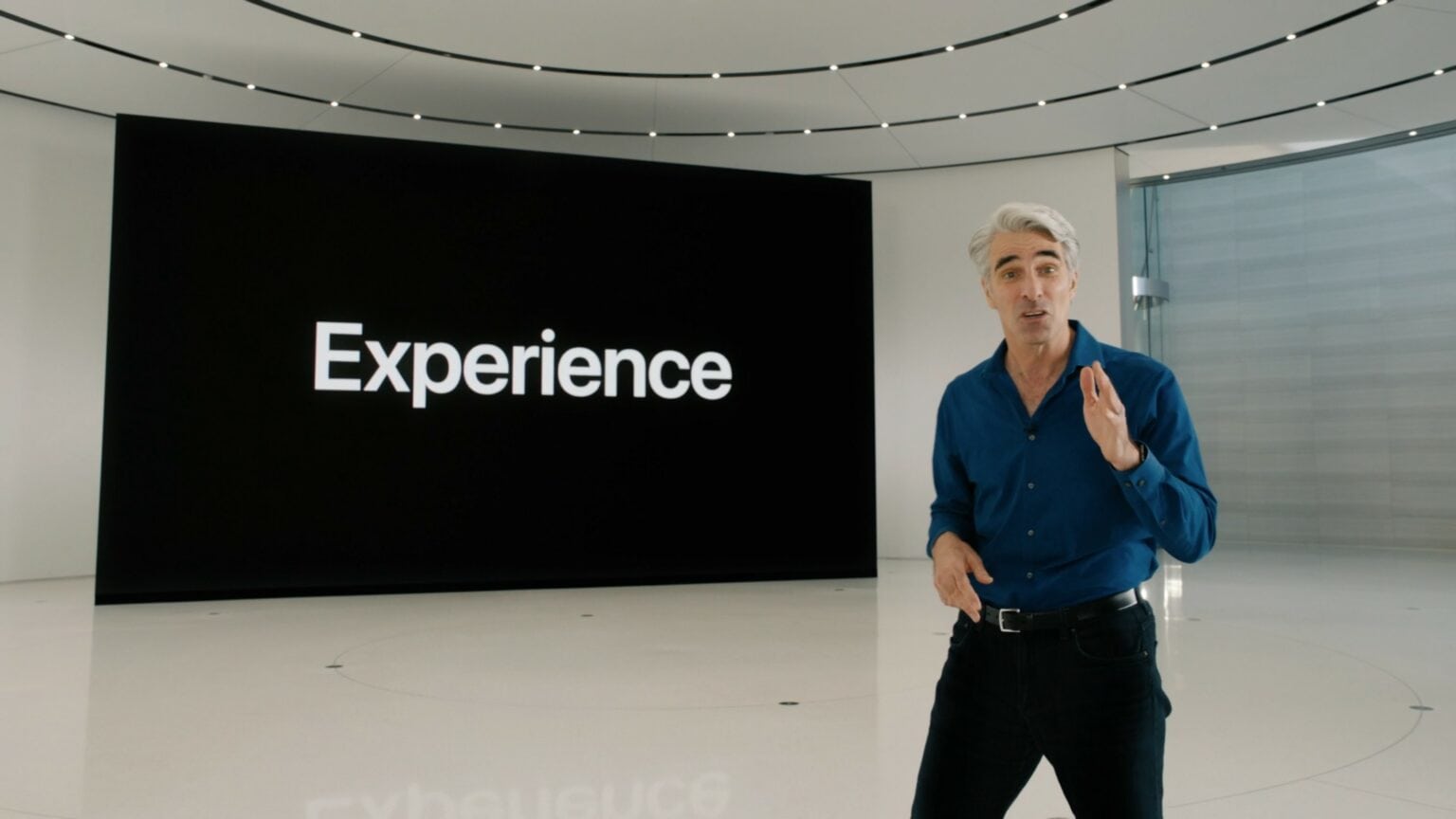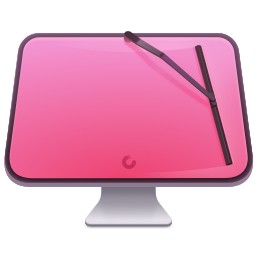 Apple turned chicken sh*t into chicken salad with Monday’s WWDC 2020 keynote, and now I don’t want Cupertino to ever go back to doing live keynotes. Crude? Perhaps. Truthful? You bet.
Apple turned chicken sh*t into chicken salad with Monday’s WWDC 2020 keynote, and now I don’t want Cupertino to ever go back to doing live keynotes. Crude? Perhaps. Truthful? You bet.
Before the streaming event started, some of my Cult of Mac colleagues discussed how Apple would deal with its first virtual keynote. Some of us thought Apple would simply deliver the same Steve Jobs Theater experience, but with no audience present. (Heck, if Apple wanted to, it could have gone the route of U.K. televised football and added crowd noise.) Others thought Apple would, well, think different.
Apple chose this second option and, in the process, freshened up a formula that has remained the same for years. Here’s why it would be a step backward for Cupertino to consider going back to live keynotes.
WWDC 2020 keynote looked like a trillion dollars
Apple more or less invented the modern tech keynote. They turned what has, at times, been awkward, rambling events into slick presentations every bit as polished as an Apple product. But Apple is no longer unique when it comes to the format of its events. Every other company worth their salt (or silicon) tries its best to copy the Apple presentation model. It’s looking a little bit long in the tooth these days.
Apple CEO Tim Cook changed things up a bit from Steve Jobs’ keynotes by acting more like an emcee and leaning more heavily on other presenters. But it’s still a format that Apple’s been following for many, many years. Presenter walks onstage, talks for a little bit, cuts to video. Rinse and repeat.
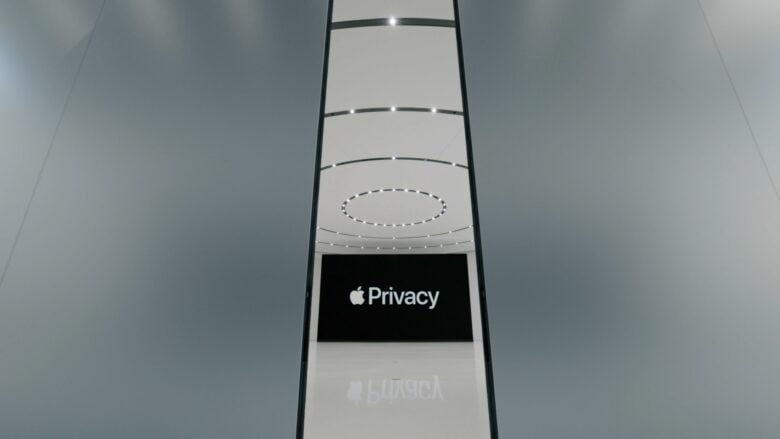
Photo: Apple
Yesterday’s keynote, on the other hand, felt like a breath of fresh air. And it looked like a trillion dollars in the process. Swooping cameras. A virtual tour of locations at Apple Park that we’d never normally get a look at. A dreamlike 2001: A Space Odyssey aesthetic that looked more like a movie set than a corporate press conference.
Faster switching between presenters allowed for some fun interplay. Even the comedic beats and cuts to video packages like the new Apple TV+ trailer for Foundation didn’t break up the flow.
In all, it looked like the kind of thing that few companies have the resources to pull off as well as Apple. It was visually imaginative and beautifully realized — like an hour-long commercial. It looked so … well, Apple. And isn’t that the point?
CleanMyMac X: Your all-in-one Mac solution
It cleans! It optimizes! It keeps viruses at bay! And now, MacPaw’s killer app is available on Apple’s official Mac App Store, so you know it’s safe. Cult of Mac readers can get CleanMyMac X at an exclusive 30% off through July 5. Activate your discount now!Long on detail, short on time
“Is that it?” was my initial reaction at the close of Monday’s keynote. Normally, that would sound like a bad thing. Not so here. This year, we sailed through updates for every Apple platform — bringing some truly exciting changes — in just 1 hour and 45 minutes. That’s somewhat shorter than a normal Apple keynote. By comparison, 2013’s WWDC keynote, at which Apple unveiled iOS 7, ran a massive 2 hours and 7 minutes, the length of a Hollywood blockbuster.
Even when keynotes compare in length to this year’s edition, they feel longer. A lot of time is taken up by applause, or presenters walking on and off the stage. Not so this year. With not a wasted moment in sight, Apple’s presenters reeled off technical information at a pace that seemed greater than usual. The whole thing whipped along.
The way we watch keynotes has changed a lot in the past couple of decades. Twitter has made it possible to react to announcements live, without requiring an audience response (or applause track) to tell us that something’s special. Plus, many people cut down keynotes into three-minute highlight packages for sharing on social media.
In a busy world in which we’re more overloaded with information than ever, Apple streamlined its keynote’s length, while keeping it packed with information. Live ones will seem impossibly baggy by comparison.
More control
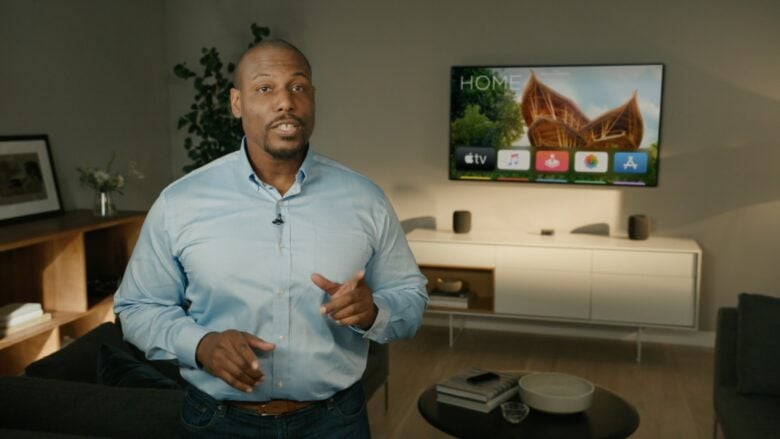
Photo: Apple
This one’s crucial. Apple, in case you don’t know, loves control. The company is a master of controlling the way it’s presented in the press. Rather than showing off its products at some big industry event like CES, Apple hosts its own live events. And it carefully scripts the hell out of them, so there’s little chance that things go sideways.
Still, technical snafus mar some Apple events. And even some product showcases that did go well, like the unveiling of the iPhone, very nearly didn’t. Meanwhile, Apple execs or partners occasionally flub lines. And even Apple’s enthusiastic, hand-selected audiences can’t always be counted on to react as desired.
By recording everything ahead of time, Apple seizes even more control over the way its product showcases. Is a prerecorded format less “real”? Maybe. But in the fake-it-till-you-make-it world of high tech, onstage demos shouldn’t be taken as gospel. That’s what the hands-on experience of using a product is for.
Addressing other themes
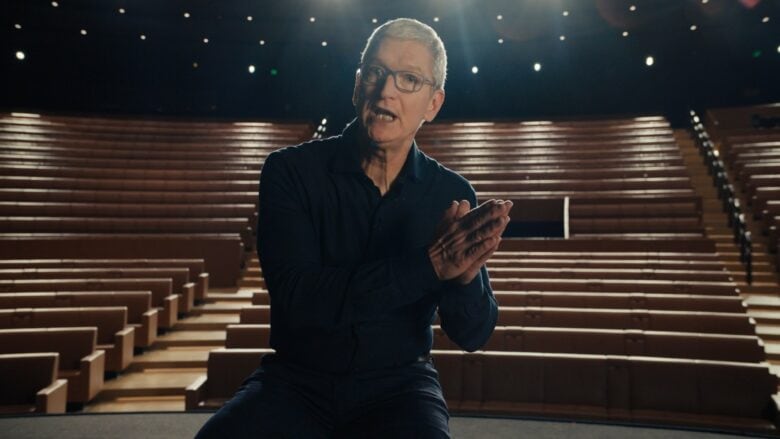
Photo: Apple
Tim Cook opened Monday’s keynote by addressing the topic of racism in America. It wasn’t the typical way Apple would open a keynote — but this isn’t a typical time. Cook recently said he doesn’t view the CEO’s role of as chasing profits at all costs. He wants to make Apple a “force for good in the world.
Would comments like Cook’s anti-racism speech from Monday have gone over badly at a live event? I don’t think so. But there’s always a sense that a keynote preamble is something the live audience is politely sitting through, waiting for the product talk to begin.
Without the pressure of a live audience watching, Apple can take more chances with what it addresses at these high-profile events, and how it presents its message. Such sentiments don’t need to feel like platitudes run through onstage as the audience watches politely. Instead, Apple can take the opportunity to engage in a more intimate, one-on-one conversation with viewers.
There’s also more urgency to the message. If we’re watching a live event taking place onstage in a faraway city, it’s impossible to shake the feeling that Cook (or whoever else) is speaking to an audience we’re not part of. When it’s presented in this way, there’s no ambiguity: He’s addressing you.
Live events are still needed
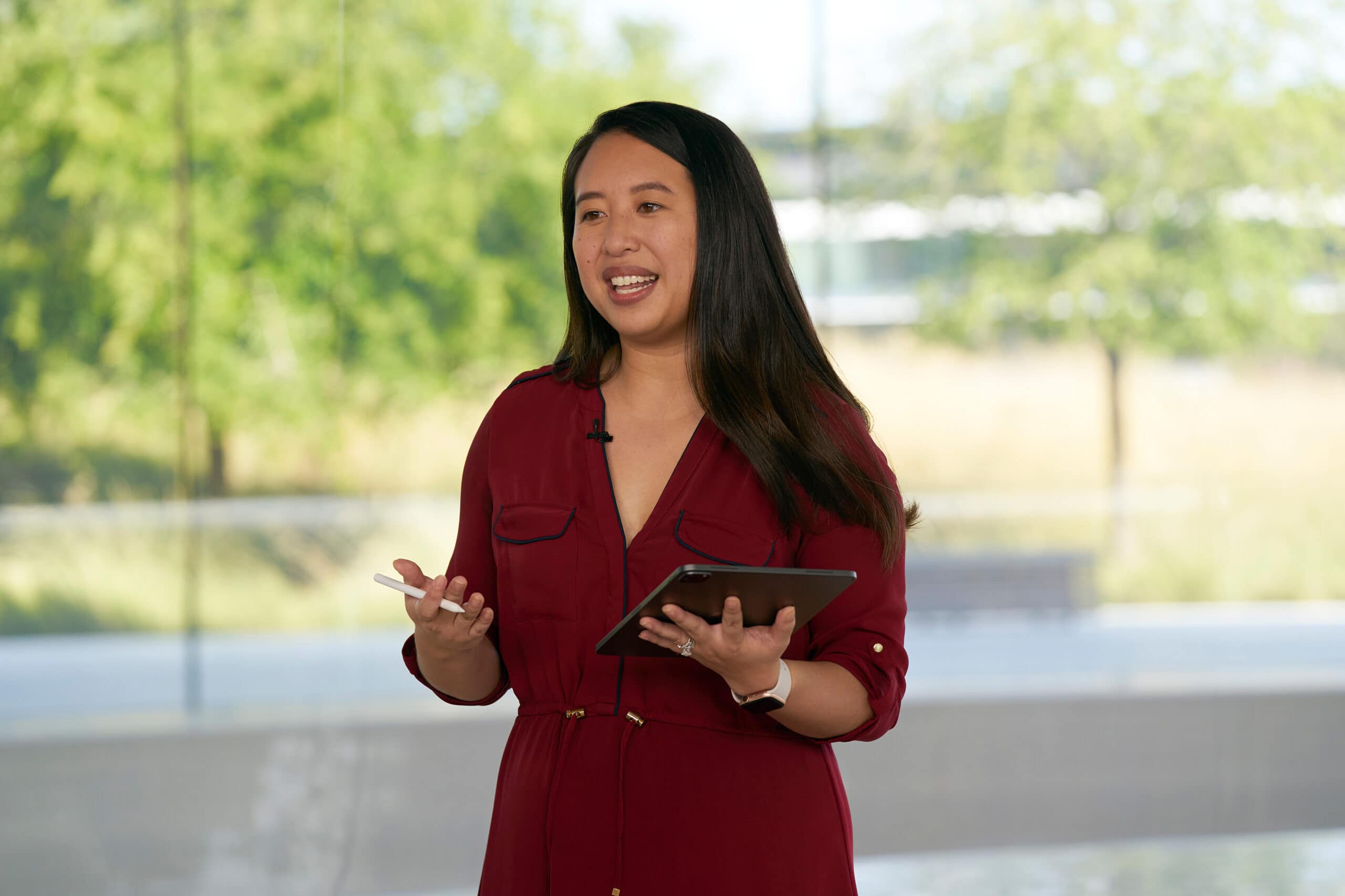
Photo: Apple
Not everything can be done in this way, of course. I imagine many journalists would be happy not to travel to hear a presentation they could have watched online. They undoubtedly would prefer not to race their rivals to snag the best seat, and then mess around with things like dodgy Wi-Fi.
But there are parts of the live experience that Apple just can’t deliver with a taped presentation. After live events, Apple often makes executives available to talk. And it shows off products for “first look” glimpses and hands-on sessions.
These are still vital parts of the keynote, even if most of us don’t see them. But they don’t have to go away. Apple can still pick and choose which elements of the live experience it keeps. It’s just that the keynote doesn’t have to be among them.
Sound off: Did you like the WWDC 2020 keynote?
What do you think? Would you be happy to see Apple’s live keynotes replaced by slick presentations such as yesterday’s WWDC extravaganza? Tell us what you liked about Monday’s keynote — and what you didn’t — in the comments below.
